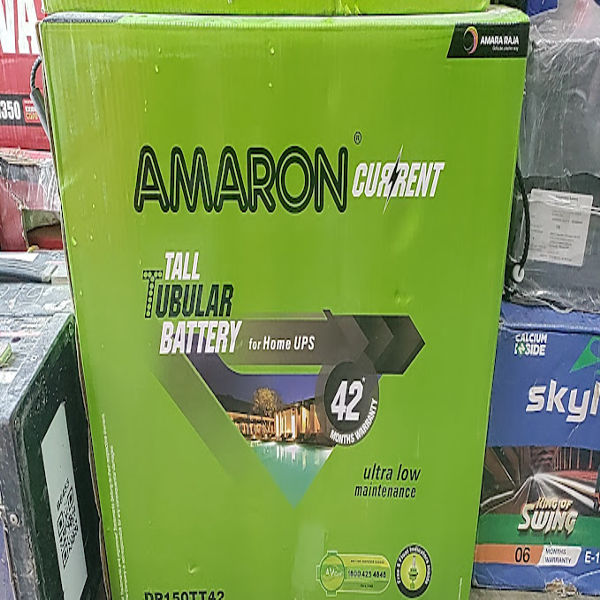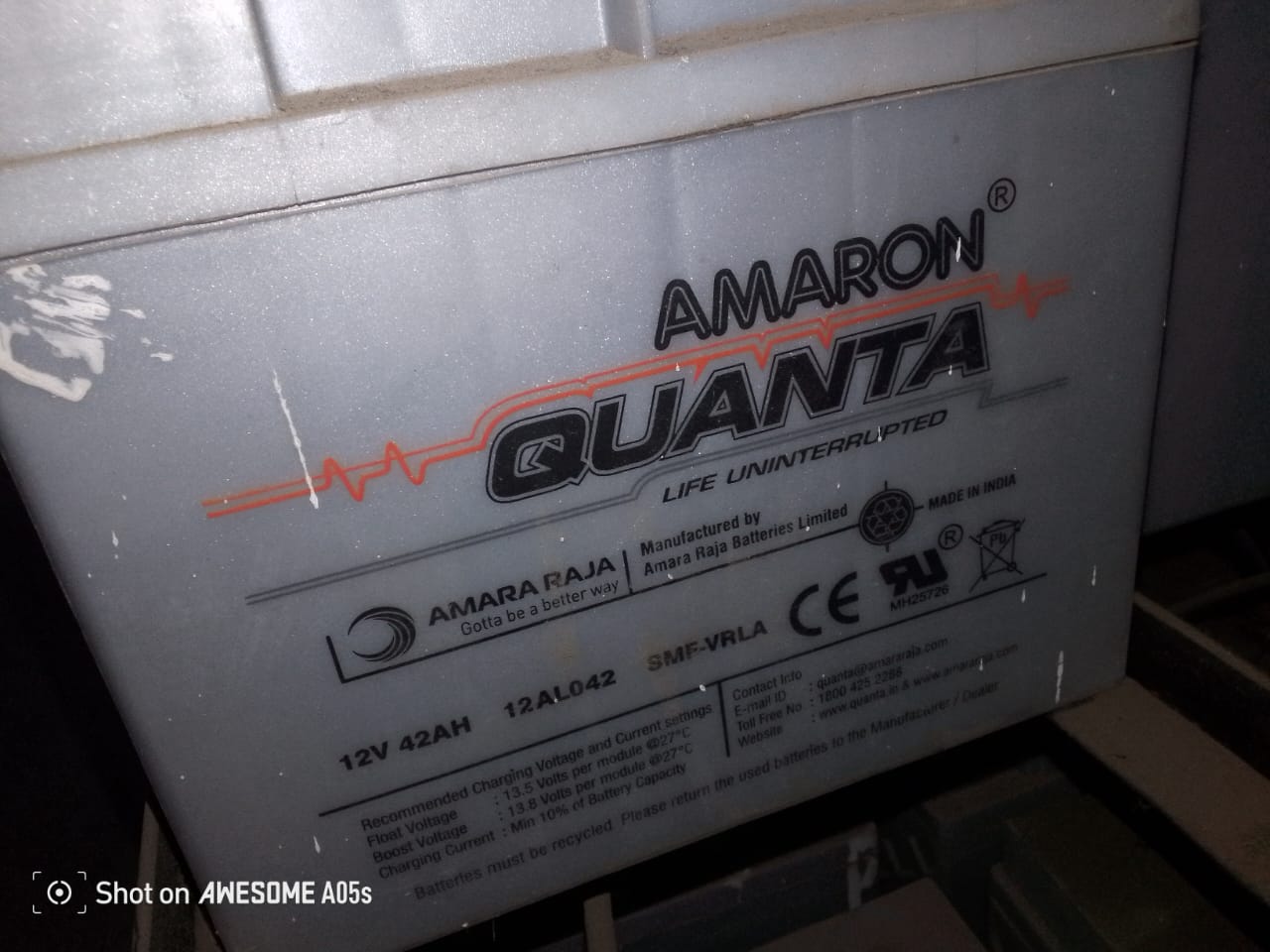Amaron solar Batteries are designed specifically for solar energy storage systems, providing reliable backup power and efficient energy management. Here’s a comprehensive overview of their features, types, specifications, and applications: Key Features Deep Cycle Design: Amaron solar batteries are built for deep cycling, allowing them to be discharged and recharged repeatedly without significant degradation. Maintenance-Free: Most models are sealed and require no maintenance, making them convenient for users. High Efficiency: They offer high charging efficiency, maximizing energy capture and storage from solar panels. Long Service Life: Designed to withstand numerous cycles, these batteries typically have a longer lifespan compared to standard batteries. Temperature Resilience: Capable of operating effectively in a wide range of temperatures, ensuring reliability in various climates. Robust Construction: Built to endure harsh conditions, including vibrations and environmental stressors. Types of Amaron Solar Batteries Amaron Solar Series: Use: Specifically designed for solar energy systems. Features: Offers various capacities to suit different solar setups, focusing on deep cycle performance and efficiency. Amaron Quanta Solar Batteries: Use: Suitable for larger solar systems requiring high capacity. Features: Offers a higher Ah rating for extended backup time. Specifications Voltage: Typically 12V, but 2V options may also be available for larger systems. Capacity: Ranges from around 100Ah to 250Ah, depending on the model. Size: Various sizes to accommodate different installation requirements. Applications Home Solar Systems: Ideal for residential solar power setups, providing backup power and energy storage. Commercial Solar Applications: Used in larger commercial installations for efficient energy management. Off-Grid Systems: Perfect for off-grid solar applications, allowing users to store energy for use when sunlight is not available. Hybrid Systems: Suitable for hybrid systems that combine solar with traditional power sources. Conclusion Amaron solar batteries are known for their reliability, efficiency, and long lifespan, making them an excellent choice for various solar energy applications. For specific models, detailed specifications, or further information, it’s best to check the Amaron website or consult with local distributors. If you have specific questions or need more details about a particular model, feel free to ask!








